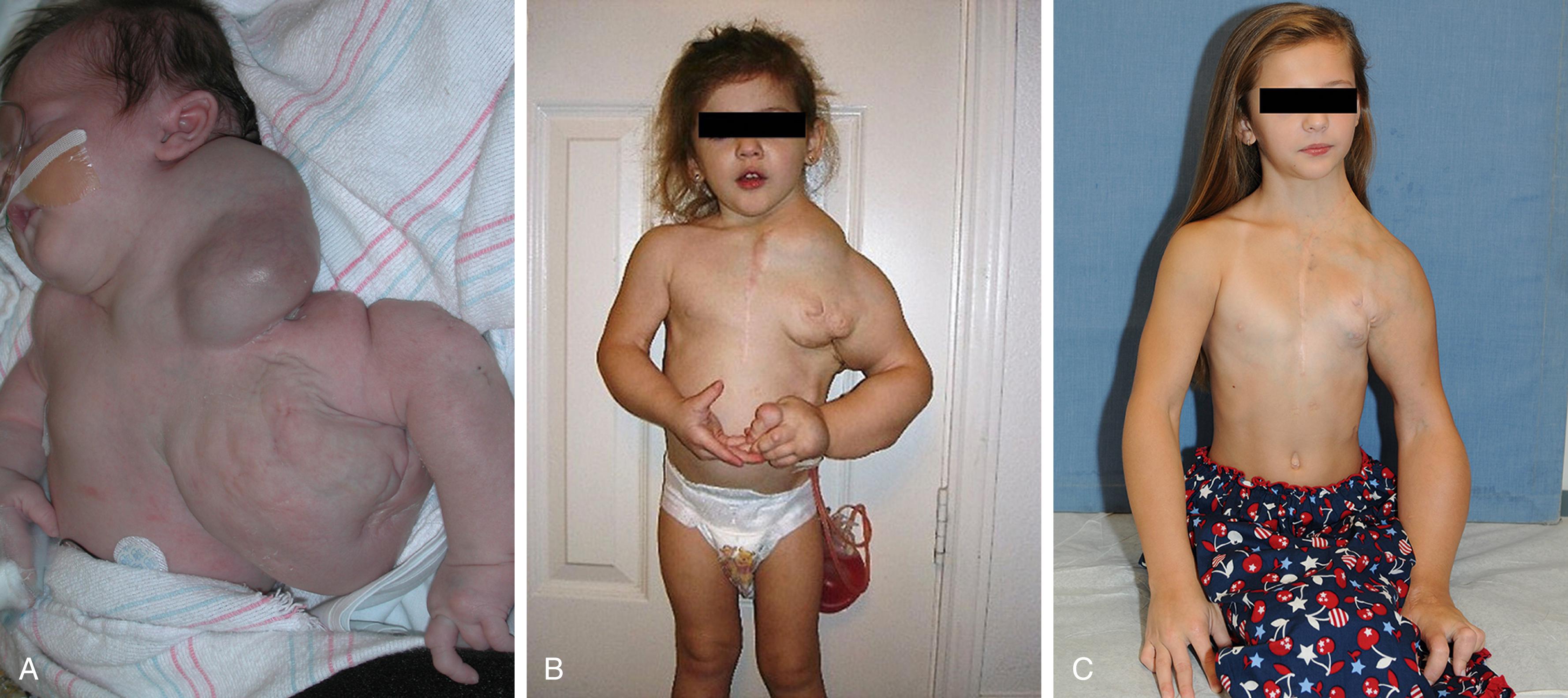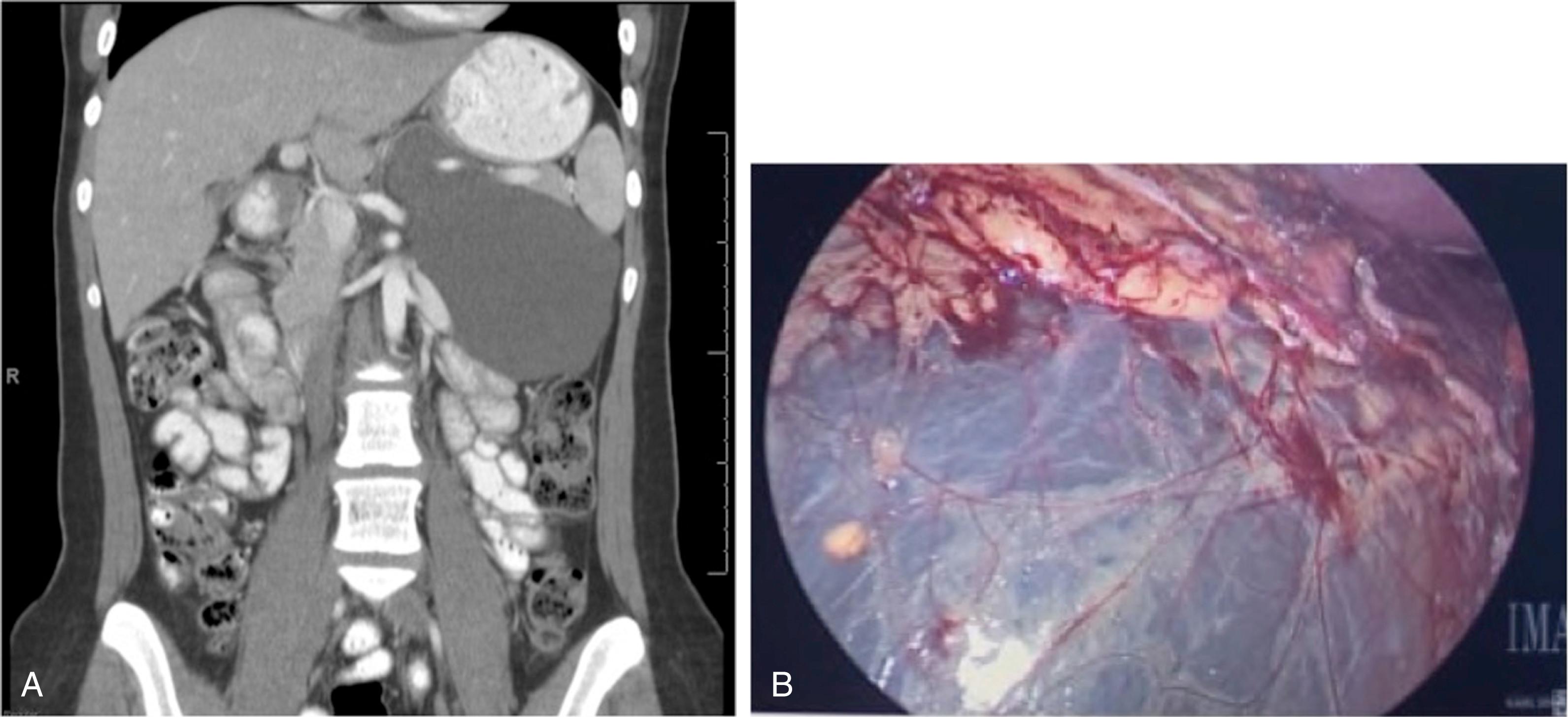Physical Address
304 North Cardinal St.
Dorchester Center, MA 02124
The proper diagnosis and treatment of vascular anomalies has long been impeded by misused terminology. Advances in our understanding of these disorders led to the creation of a biological classification system, formally adopted by the International Society for the Study of Vascular Anomalies in 1996 and updated in 2018. This classification scheme divides these anomalies into vascular tumors and vascular malformations based on physical characteristics, natural history, cellular features, and genetic abnormalities. Vascular tumors are true neoplasms that arise from cellular hyperplasia, while vascular malformations are congenital lesions originating from errors of embryonic development of blood vessels. Vascular tumors include infantile hemangioma, Kaposiform hemangioendothelioma, and tufted angioma. Vascular malformations can be further subdivided based on vascular channel type (capillary, lymphatic, venous, arterial, or combinations thereof) or by flow (slow vs. fast). Slow flow lesions include capillary malformations (CM), lymphatic malformations (LM), and venous malformations (VM). Examples of fast flow lesions include arteriovenous fistulas (AVF) and arteriovenous malformations (AVM). Combined malformations (such as Klippel–Trénaunay and CLOVES [congenital lipomatous overgrowth, vascular malformations, epidermal nevi, and skeletal abnormalities] syndromes) consist of two or more types of vascular malformations and can be associated with other anomalies. , A general overview of vascular malformations can be found in Chapter 170 (Congenital Vascular Malformations: General Considerations).
Correct identification of the type of anomaly present in a vascular malformation is paramount to appropriate treatment selection. Consequently, lesions must be properly imaged prior to procedural planning. Ultrasound, computed tomography (CT), and magnetic resonance imaging (MRI) are the most common modalities used to determine the extent of the malformation. Angiography can also be useful for delineation of AVM, demonstrating the nidus and its feeding vessels, along with flow characteristics. , For those with lymphatic anomalies, lymphoscintigraphy may be useful for demonstration of lymphedema, while digital subtraction lymphangiography and magnetic resonance lymphangiography can best delineate the alternate anatomy and dysfunction of the central conducting lymphatics.
Vascular malformations are treated with several modalities. Conservative treatment such as compression garments can help control symptoms of bulky disease and lymphedema. Sirolimus, an mTOR inhibitor, has been used to successfully treat several types of vascular anomalies, including LM, venous lymphatic malformations (VLM), and capillary lymphatic/venous malformations (CLVM). It can also be given before sclerotherapy or surgery for more complicated lesions to help decrease volume and make these procedures more feasible.
Preoperative sclerotherapy or embolization may decrease intraoperative blood loss and increase the likelihood of achieving a safe and successful surgical procedure. Endovascular treatments, including sclerotherapy, are addressed in Chapter 172 (Congenital Vascular Malformations: Endovascular Management). General principles for resection have been well described. One should avoid the creation of a large scar that may be as unaesthetically pleasing as the original malformation. Tourniquets should be used for extremity lesions to limit blood loss. Vital structures should also be tagged and avoided to prevent functional loss. Limiting administration of paralytics allows for the use of intraoperative nerve monitoring. Incisions should be closed without tension and drains used to prevent accumulation of fluid postoperatively.
Complete surgical resection may not be achievable, and lesions may require multiple or staged procedures. Resection is generally performed to improve contour and mobility, decrease infectious risk, and for pain relief rather than purely for cosmetic purposes.
Capillary malformations are present at birth and typically appear as flat, pink-red cutaneous lesions. They can be associated with underlying soft tissue and skeletal overgrowth, other internal abnormalities, or as part of combined malformations. Resection is not usually necessary for isolated CM, and treatment consists primarily of flashlamp pulse-dye laser or the neodymium-doped:yttrium-aluminum-garnet laser therapy for cosmetic purposes. They may be partially resected during debulking procedures for underlying venous or lymphatic malformations. Those with underlying soft tissue hypertrophy can be surgically excised using a staged zonal approach.
Lymphatic malformations are often classified as macrocystic (diameter >1 cm), microcystic (diameter <1 cm), or a combination of both. This description of the type of LM, along with its location and extent, is useful when determining treatment options. Presentation can vary from a localized mass to a diffuse anomaly. LM are unique among vascular anomalies in that they not only can serve as a source of infection, causing cellulitis or bacteremia, but they also are affected by illness occurring elsewhere in the body, increasing in size in response to infection. Cervicofacial LM in the head and neck region are common and can present with breathing and swallowing difficulties. Congenital anomalies of the central lymphatics can present with chylothorax or chylous ascites, respiratory compromise, malnutrition and hypoproteinemia, lymphopenia, and bony erosion. Intralesional bleeding may also occur secondary to trauma or an abnormal venous connection. Cutaneous involvement of LM manifests as reddish-purple to black vesicles, which can leak serosanguinous fluid.
In general, LM that are predominantly macrocystic are more amenable to sclerotherapy, while those that are microcystic in nature often require resection. Lesions with poor response to sclerotherapy can also be resected. Massive LM, even when predominantly macrocystic, are often best treated with resection since shrinkage after sclerotherapy may not be sufficiently satisfying. Asymptomatic lesions can be observed. Indications for treatment include deformity, dysfunction, leakage into body cavities or from the skin, and recurrent infections. Since these procedures may be lengthy, operative intervention should be delayed until 6 months of age unless the airway is threatened.
Subcutaneous LM can cause considerable tissue expansion, and thus for larger lesions, a lenticular excision should be made. As much involved skin as possible (i.e., with creases, dimpling, or vesicles) should be included in the excision to prevent rupture of lymphatic cutaneous vesicles at a later time. The remaining overlying skin and subcutaneous tissue is then dissected off the underlying LM as flaps. The appearance of an LM is similar to fat but has a distinguishable texture. In situations where there is no normal subcutaneous tissue and the LM extends into the dermis, a deep subdermal dissection plane can be created to ensure sufficient vascularity. An intraoperative nerve stimulator is helpful, particularly when the LM encompasses neurovascular structures. Since LM are not malignant lesions, the entirety of the lesion need not be removed, and care should be taken to preserve any vital structures. Subsequent operations may be necessary to remove residual LM or re-contour areas following the initial resection ( Fig. 171.1A – C ). However, re-operations can be much more difficult because of scar tissue and loss of planes, so every effort should be made to be as thorough as possible at the initial operation. Moreover, depending on how much LM is left behind, any residual lesion may re-expand in the months following surgery. Closed suction drains are placed in the wound to absorb lymphatic leakage, and excision of redundant skin may be required to close the skin in a cosmetic fashion. Complex flaps may be required to provide adequate tissue coverage and cosmetic reconstruction.

Treatment of symptomatic abdominal and pelvic LM can be challenging as they can be quite large and involve multiple viscera. Sclerotherapy is effective for treatment, while surgery can be reserved for refractory lesions. Figure 171.2 demonstrates an abdominal LM that was able to be excised laparoscopically. Removal of major associated viscera should be avoided; however, this may not be possible with extensive involvement. Splenectomy may be necessary for patients who develop massive or symptomatic splenomegaly or hypersplenism. LM of the gastrointestinal (GI) tract can cause pain and obstruction, and bowel resection may be required for symptomatic relief.

LM can occur in the subcutaneous tissue of the penis, and lymphedematous swelling of the penis not controlled by wrapping can be excised. The entire thickness of the subcutaneous tissue should be removed to minimize recurrent swelling.
Management of leakage from lymphatic anomalies can be difficult. Chylous pleural effusions from thoracic LM can sometimes be treated with chemical or mechanical pleurodesis. LM of the pericardium causing pericardial fluid accumulation can be treated by pericardial window or repeated pericardiocentesis by needle or indwelling catheter. Nonoperative management, including octreotide, low-fat diets, total parental nutrition, or sirolimus, may reduce thoracic duct flow and the volume of lymphatic fluid. Ligation or embolization of the thoracic duct can be useful, but this should be done with caution in those with diffuse lymphatic anomalies, as outflow obstruction may exacerbate symptoms. In some rare cases, shunt procedures or drainage catheters can provide palliation.
For those with central conducting lymphatic anomalies, lymphaticovenous bypass may provide therapeutic benefit. Patients should be carefully selected based on cross-sectional imaging studies showing delayed emptying of the thoracic duct into the venous system. High-fat meals are given the night before and day of operation to improve visualization of the lymphatics perioperatively. The thoracic duct is exposed in the left neck and divided proximally; an anastomosis is then created between it and a nearby bypass vein (typically the external jugular vein).
Closed suction drains are left until output is minimal to prevent seromas and hematomas that may delay healing and induce wound disruption. These can remain in place for weeks to months, so patients should be warned preoperatively regarding the duration of drainage. Patients with abdominal lymphatic malformations may develop a postoperative ileus and require nasogastric decompression.
Cutaneous vesicles from unexcised lymphatic channels may occur within the surgical scar following resection, but they can be controlled by local intravesicular sclerotherapy or CO 2 laser treatment. They can be resected, but due to their extensive nature, recurrence is common. Consequently, to prevent development of vesicles, the uninvolved dermis should be advanced over the resection bed and any involved skin excised during the procedure.
Become a Clinical Tree membership for Full access and enjoy Unlimited articles
If you are a member. Log in here